1. Centralia, Pennsylvania
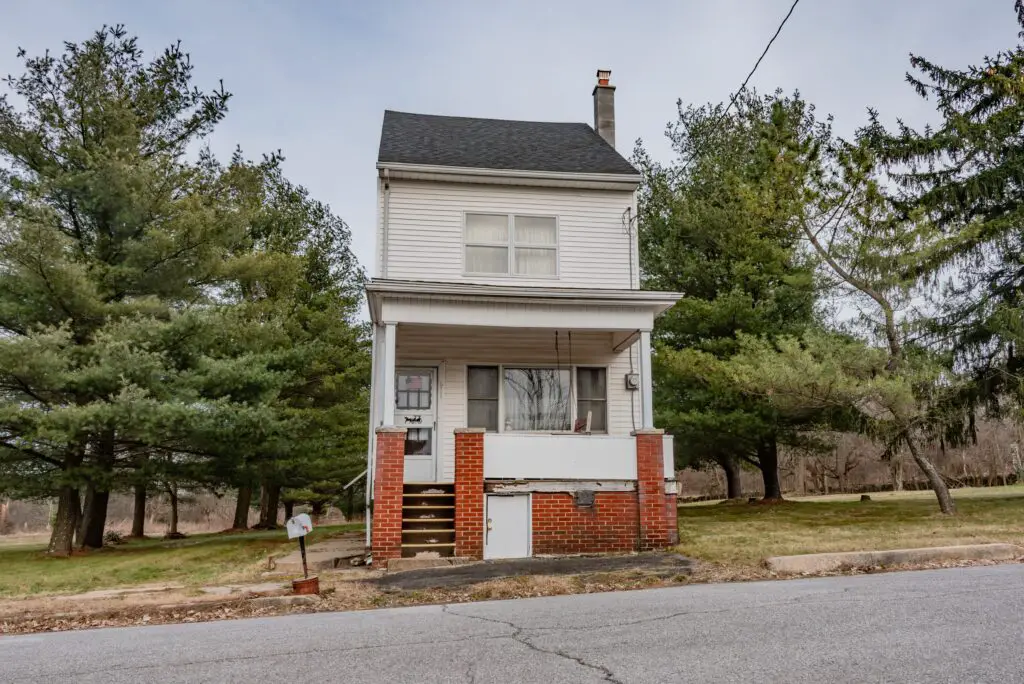
Once a bustling coal town, Centralia was home to more than a thousand residents who enjoyed small-town life and steady work in the mines. But in 1962, an underground coal fire sparked beneath the town, and it has been burning ever since. At first, people tried to ignore the smoke seeping from the ground, but as roads cracked and toxic gases filled the air, it became clear that Centralia was doomed. By the ‘80s, the government stepped in, buying out residents and condemning most buildings. A handful of stubborn holdouts refused to leave, but today, even they are gone. The town’s eerie, graffiti-covered highway and steaming earth make it a haunting sight says WGAL.
Many Boomers remember when Centralia was just another Pennsylvania mining town, and some even grew up hearing about the underground blaze. The idea of a fire lasting for over 60 years is almost unthinkable, yet here it is, still smoldering away. While it once attracted curious road-trippers, the town is now officially off-limits, with collapsing roads and dangerous fumes keeping visitors at bay. Nature has begun reclaiming what’s left, with trees sprouting up where homes once stood. The remaining structures have mostly crumbled, leaving behind ghostly foundations. If you ever wondered what a slow-motion apocalypse looks like, Centralia is the perfect example.
2. Bombay Beach, California
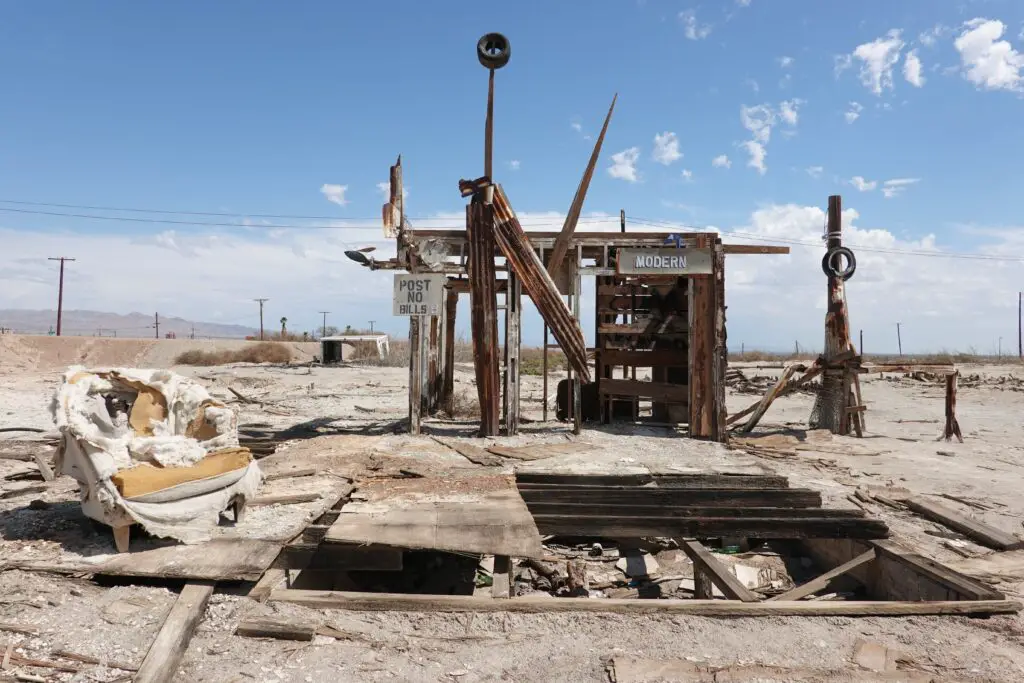
Back in the ‘50s and ‘60s, Bombay Beach was the ultimate getaway for those looking to soak up the sun and water-ski on the Salton Sea. Celebrities like Frank Sinatra and the Beach Boys vacationed here, and families flocked to the resort town’s sandy shores. But the dream didn’t last long—pollution, agricultural runoff, and rising salinity turned the once-beautiful sea into a toxic wasteland. The fish died, the stench became unbearable, and by the ‘80s, tourists stopped coming explains MSN.
Many Boomers have fond memories of the Salton Sea in its heyday, when it was a glittering oasis in the desert. Now, it’s an eerie wasteland, with abandoned trailers and rusting docks standing as reminders of what once was. The beach isn’t made of sand but of crushed fish bones, and the smell of decay still lingers in the air. Some artists have tried to breathe new life into the place with quirky installations, but it remains mostly a ghost town. For those who remember its golden age, seeing Bombay Beach today is a heartbreaking experience.
3. Bodie, California
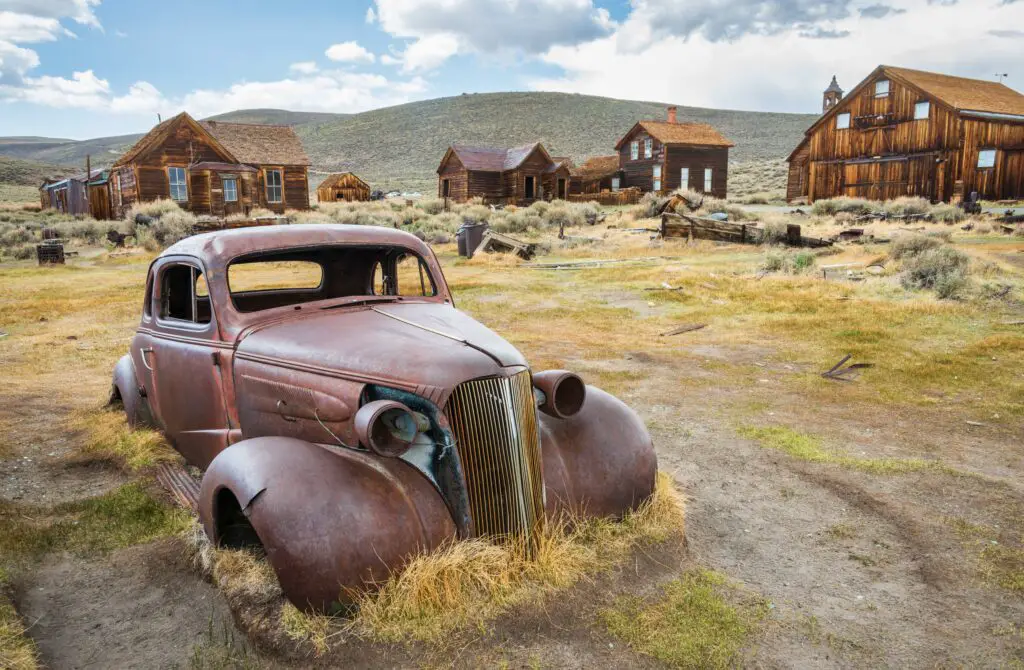
Bodie was once a booming gold rush town, filled with saloons, brothels, and fortune seekers hoping to strike it rich. By the late 1800s, it was home to nearly 10,000 people, making it one of California’s largest cities at the time. But when the gold ran out, so did the people, leaving behind a perfectly preserved ghost town. The dry desert air helped keep buildings intact, making Bodie one of the best examples of an Old West town frozen in time.
Boomers who grew up on Westerns would feel like they stepped onto a movie set if they visited Bodie. Wooden storefronts, dusty streets, and abandoned wagons look just like something out of Gunsmoke. Unlike some ghost towns that have been overly restored, Bodie has been left in a state of “arrested decay,” meaning it’s preserved but not rebuilt says Alta Journal. Walking through its empty buildings, with tables still set and schoolbooks left open, is like peering into a lost world. It’s a haunting reminder of how quickly fortunes—and entire towns—can disappear.
4. Glenrio, Texas/New Mexico

Back when Route 66 was the main highway across America, Glenrio was a must-stop destination for weary travelers. Straddling the Texas-New Mexico border, it had gas stations, motels, and diners serving up classic roadside meals. But when the interstate bypassed the town in the ‘70s, everything fell apart. Without travelers fueling the economy, businesses shut down one by one, and soon Glenrio was empty says Only In Your State.
Boomers who once road-tripped along Route 66 might remember stopping for a burger and shake in this little town. Now, Glenrio is a shell of its former self, with sun-bleached signs and abandoned buildings being the only things left. The eerie silence is a stark contrast to the town’s heyday, when cars lined up at the gas pumps and neon signs lit up the night. Some road warriors still pull over to take photos, but there’s no gas, no food, and no rooms for rent. It’s another casualty of progress, left behind in the name of efficiency says KFDA.
5. Picher, Oklahoma
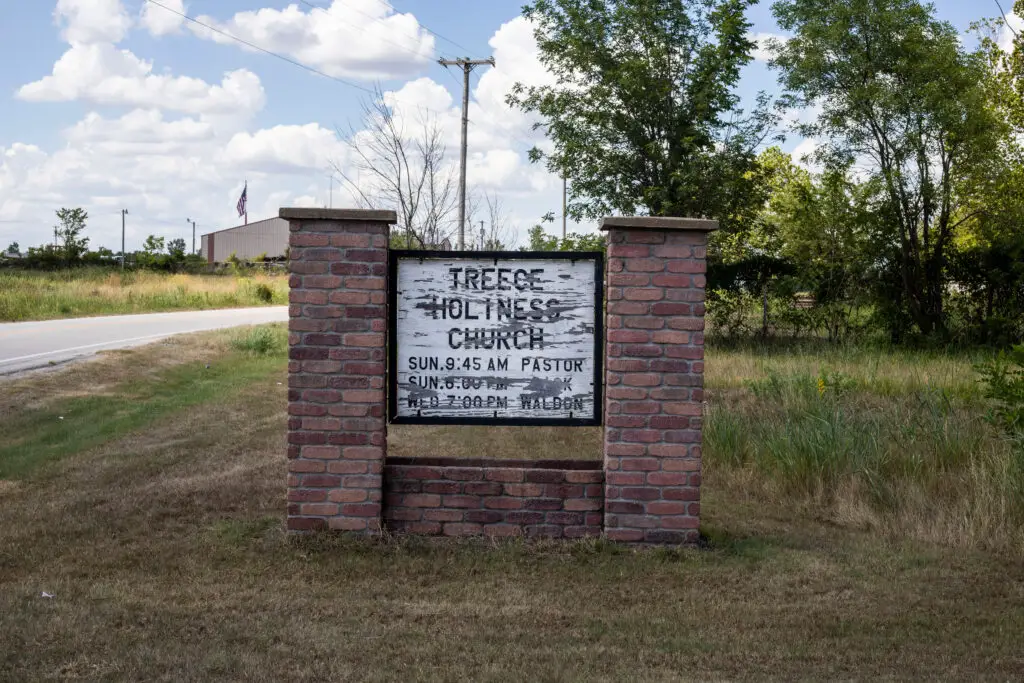
Picher was once a thriving lead and zinc mining town, supplying materials for both World Wars. But decades of unchecked mining left the land unstable and the water dangerously contaminated. By the ‘80s, it was clear that living in Picher was a health hazard, with children suffering lead poisoning and sinkholes swallowing up parts of town. The government declared it a Superfund site, and by 2009, the town was abandoned.
Boomers who remember Picher in its prime might find it unrecognizable today. Mountains of toxic mining waste, known as chat piles, loom over the empty streets, and rusting playgrounds sit in yards that are too poisoned to support life. The last structures are collapsing, and the land is so unsafe that even emergency services won’t go there. It’s a tragic end for a town that once helped build America, but nature doesn’t care about history. Picher is now one of the most toxic places in the country, and it’s likely to remain that way forever.
6. Keeler, California
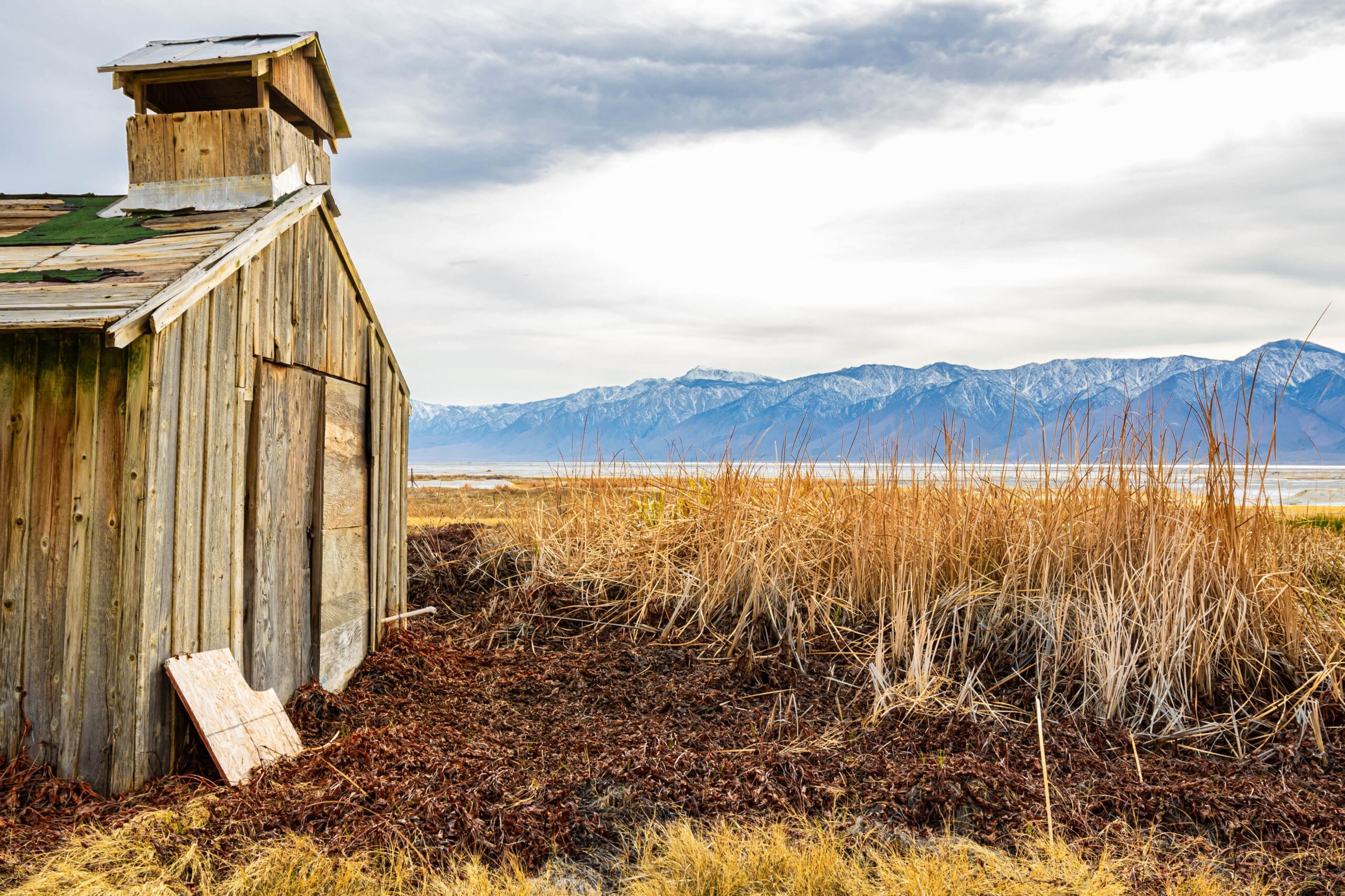
Keeler was once a mining town on the shores of Owens Lake, but when Los Angeles diverted the lake’s water supply, it dried up. With no lake and no industry, Keeler slowly faded into obscurity, leaving behind a collection of decaying houses and rusting cars. The town still technically has a few residents, but it feels completely deserted, with dusty streets and boarded-up buildings creating an eerie atmosphere.
Boomers who remember the golden age of small-town America might feel a twinge of sadness seeing Keeler today. It’s a reminder of how fragile some towns are, especially when they depend on a single industry. Without Owens Lake, Keeler had nothing to sustain it, and time has erased what little was left. The old train depot and abandoned post office still stand, but they’re just relics of a forgotten past. It’s one of those places where you can almost hear the echoes of the past if you listen closely enough.
7. Gilman, Colorado
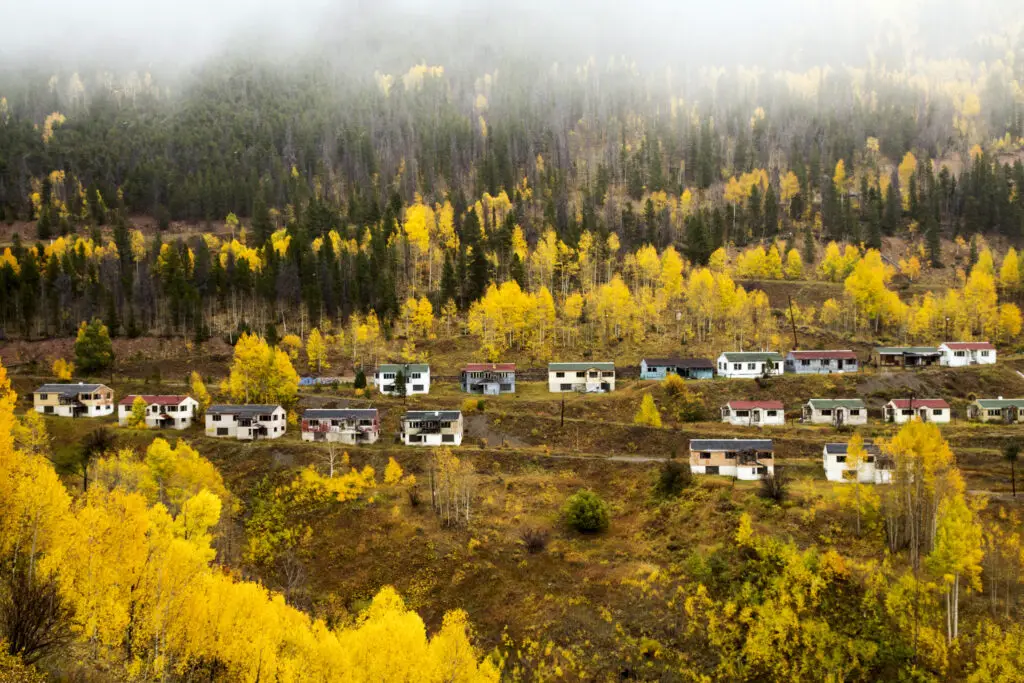
Once a booming mining town, Gilman was abandoned in the ‘80s due to toxic contamination. Perched on a cliffside, it once housed hundreds of workers and their families, complete with homes, a school, and a hospital. But heavy metal pollution from years of mining made it unlivable, and the government forced everyone out.
Boomers who grew up seeing mining towns as symbols of American industry might be shocked by what’s left of Gilman. Its buildings remain mostly intact, but they’re slowly being reclaimed by nature. The rusting mining equipment and crumbling homes make it look like something out of a post-apocalyptic movie. Despite its eerie beauty, it’s dangerous to explore, as collapsing structures and toxic runoff make it one of the most hazardous ghost towns in the country. It’s a stark reminder of the environmental cost of industry, frozen in time on a Colorado mountainside.
8. Rhyolite, Nevada
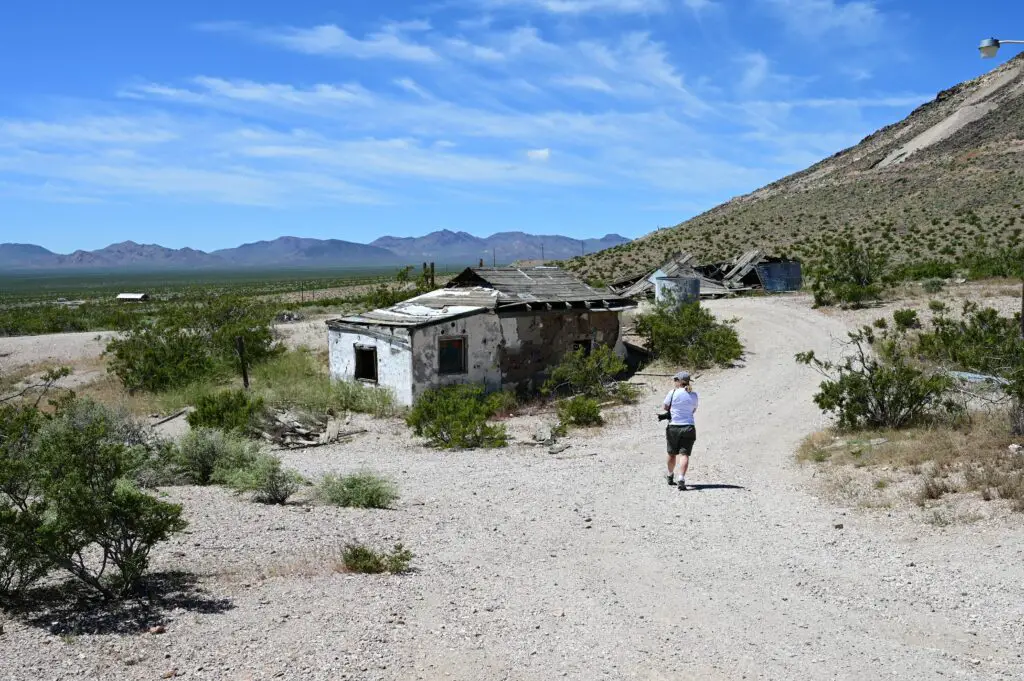
Rhyolite was once a gold rush boomtown, drawing thousands of hopeful prospectors in the early 1900s. At its peak, it had everything a growing city needed—banks, schools, a hospital, even an opera house. Investors poured money into the town, convinced it would be the next big thing. But as quickly as it rose, Rhyolite collapsed when the gold dried up. Within just a few years, businesses shuttered, people left, and by the ‘20s, it was an empty shell of its former self.
Boomers who visited the area on road trips might remember Rhyolite as one of the eeriest ghost towns in the West. Unlike some abandoned towns, its ruins are striking—some buildings still stand, like the crumbling facade of the old bank, and the eerie, abandoned bottle house made entirely of glass bottles. The town has since become a popular stop for photographers and curious travelers, but its emptiness remains unsettling. Walking through it, you can almost hear the echoes of a once-thriving community. It’s a stark reminder of how fortunes can change overnight, leaving only dust and broken dreams behind.
9. Thurmond, West Virginia
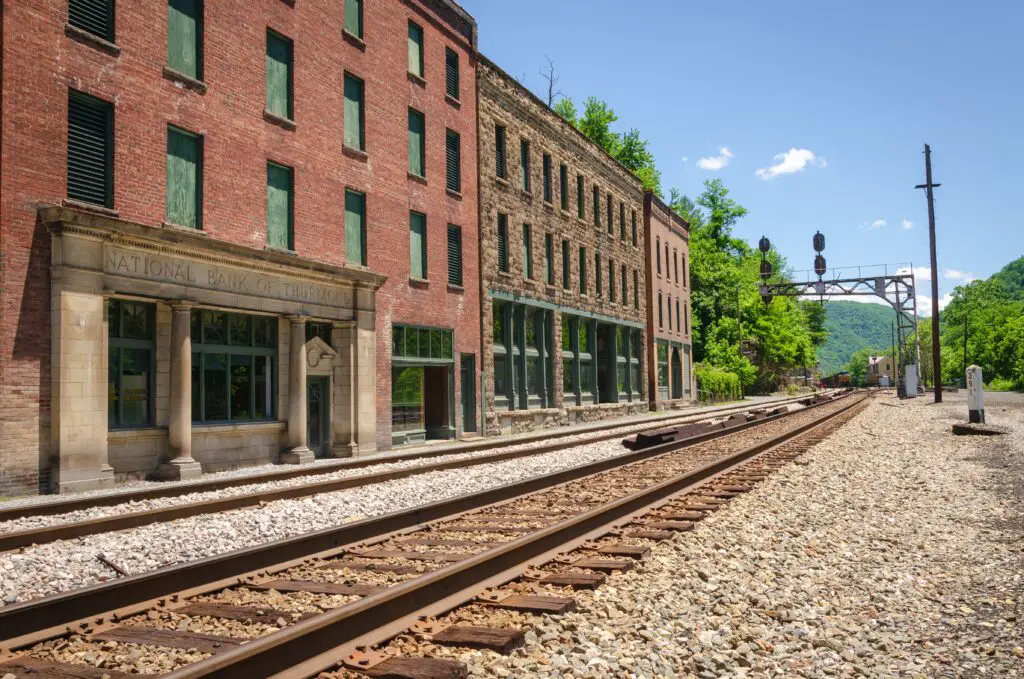
Once a major stop along the Chesapeake & Ohio Railway, Thurmond was a thriving coal town in the early 1900s. The railroad brought in workers, families, and plenty of business, with the town boasting multiple hotels, banks, and even a grand depot. It was a place where fortunes were made, and the saloons were always packed with miners looking to blow off steam. But as the coal industry declined and rail travel fell out of favor, Thurmond’s fate was sealed. By the ‘50s, most residents had moved on, and the town was left to decay.
Boomers who traveled by train in their youth might remember places like Thurmond as vital hubs of industry. Now, it’s little more than a ghost town, with just a few buildings still standing along the overgrown tracks. The old train depot has been preserved as a historic site, but the rest of the town feels frozen in time, a reminder of the golden age of railroads. Walking through its empty streets, it’s easy to picture a time when locomotives roared through and people bustled about. Now, the only sounds are the rustling leaves and the occasional train passing through without stopping.
10. Cisco, Utah
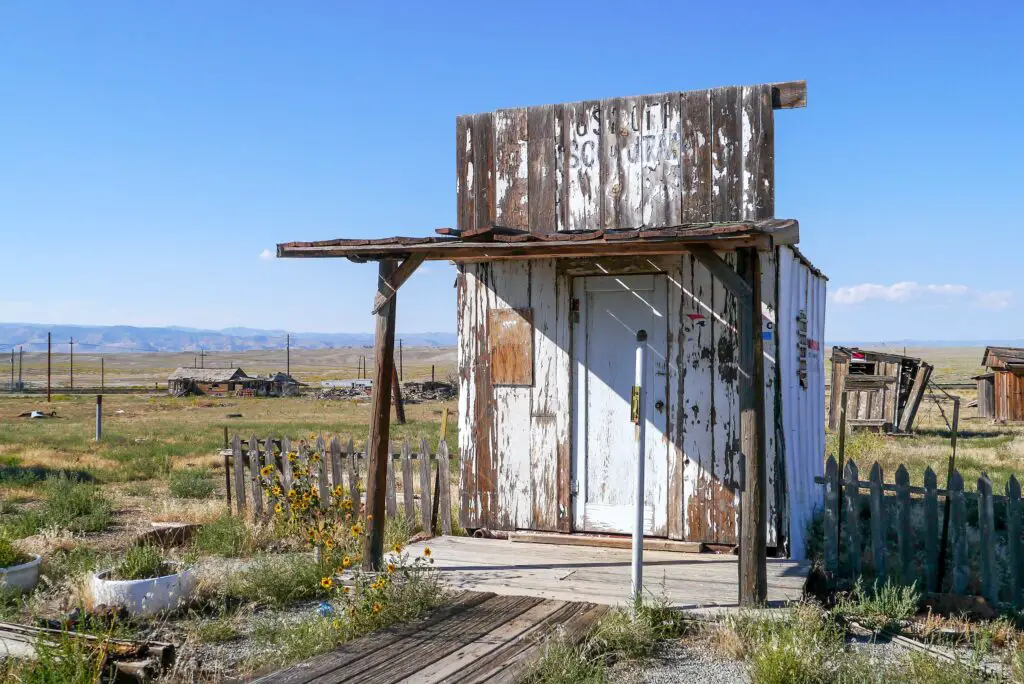
Cisco was once a thriving railroad town, serving as a vital water refueling stop for steam locomotives in the late 1800s. As trains stopped for maintenance, travelers and workers spent money at the local stores, making Cisco a busy place. When diesel engines replaced steam, the town started to dwindle, and by the ‘60s, it was all but abandoned. Over time, vandals and time took their toll, leaving Cisco a desolate wasteland of collapsed buildings and rusting cars.
Boomers who traveled through Utah’s desert may have driven past Cisco without realizing it was once a lively town. Today, its remains look like something out of a post-apocalyptic movie, with shattered windows, peeling paint, and broken-down structures scattered across the barren landscape. A few artists have tried to breathe new life into it, using it as a space for creative projects, but it remains largely empty. For those who remember its past, it’s a haunting sight—another casualty of changing times and forgotten industries.
11. Eagle Mountain, California
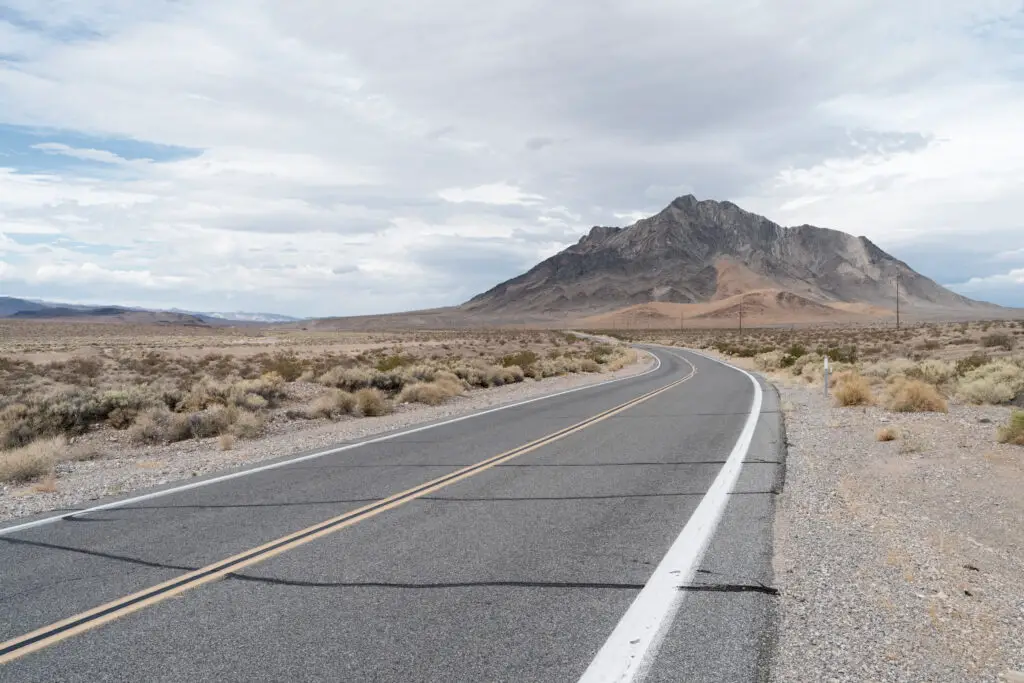
Eagle Mountain was a company town built in the ‘40s to house workers for a massive iron mine. At its peak, it had schools, stores, a hospital, and even its own shopping center, making it feel like a complete, self-sufficient city in the middle of the desert. But when the mine shut down in the ‘80s, the town went with it. Residents left in droves, and soon, Eagle Mountain was abandoned.
Boomers who remember when company towns were still common might find Eagle Mountain especially eerie. Unlike old mining towns that slowly fell apart over decades, this one was abandoned almost overnight. Schools still had desks, homes were left fully furnished, and even shopping carts sat abandoned outside the empty supermarket. Despite efforts to repurpose it for other uses, the town remains largely deserted. It stands as a monument to the boom-and-bust cycle that defined so much of 20th-century America.
12. St. Elmo, Colorado
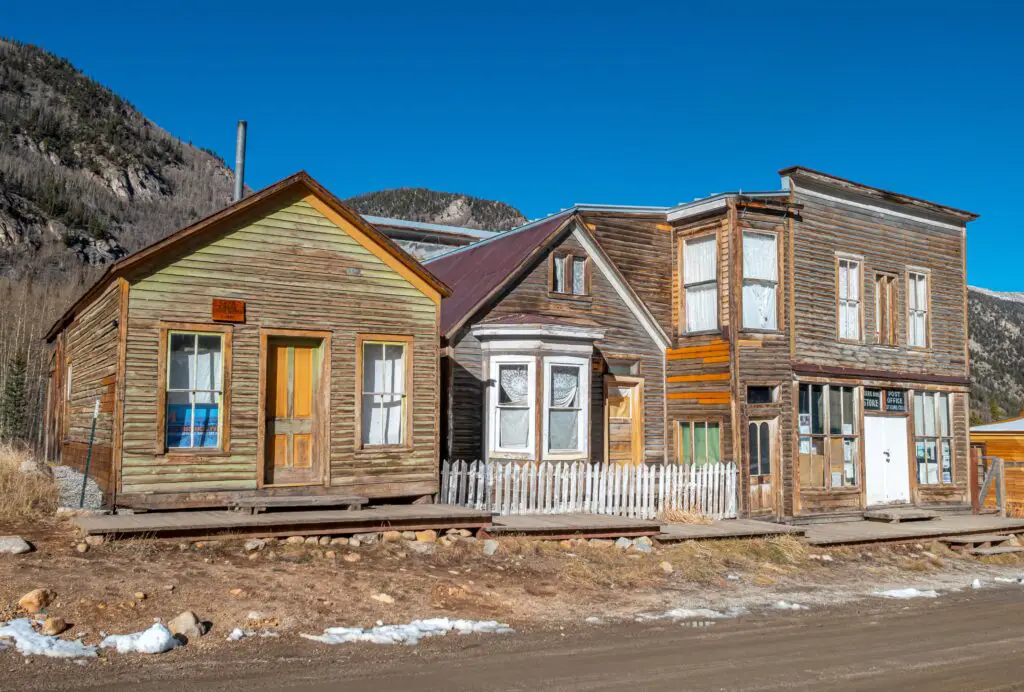
St. Elmo was a gold and silver mining town that thrived in the late 1800s, with nearly 2,000 residents at its peak. It had hotels, a school, a general store, and even a telegraph office, making it one of Colorado’s more developed mining communities. But when the mines dried up in the early 1900s, so did the town. Residents packed up and left, and by the ‘50s, it was officially considered a ghost town.
Boomers who grew up on stories of the Wild West might find St. Elmo fascinating, as much of it is still intact. Unlike other ghost towns that have been stripped of their history, many of St. Elmo’s buildings remain standing, frozen in time. The old general store even opens occasionally for visitors, adding to its eerie charm. It’s one of the best-preserved ghost towns in the country, offering a glimpse into a long-gone era. Walking through it, you can almost hear the sound of boots on wooden floors and the distant clang of pickaxes.
13. Garnet, Montana
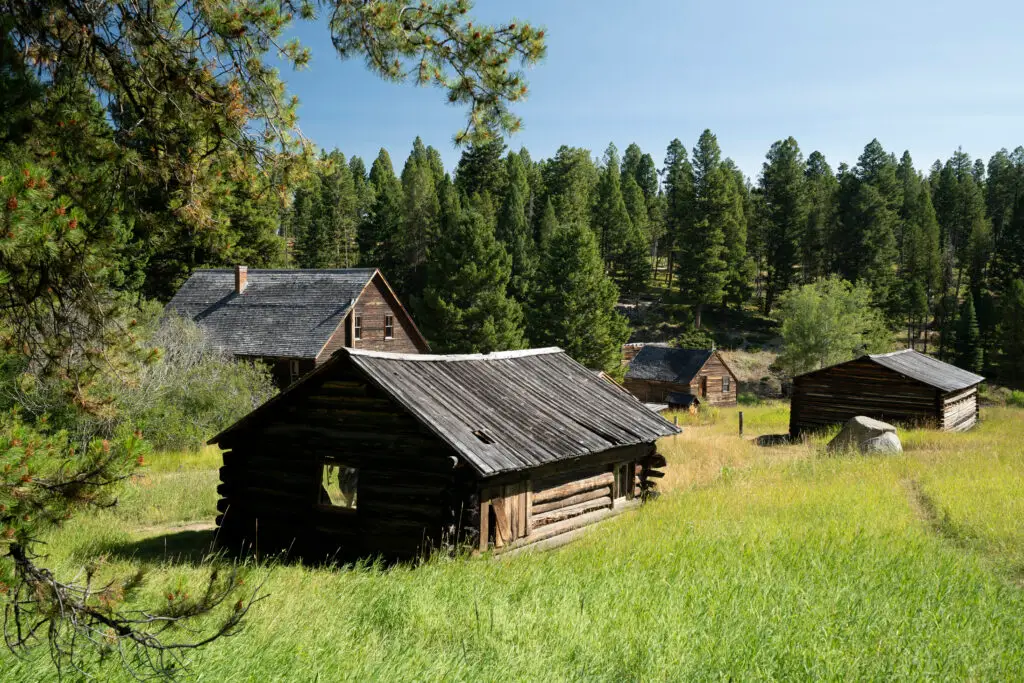
Garnet was once a thriving mining town in the late 1800s, filled with saloons, hotels, and miners looking for their fortune. Gold fever brought in waves of settlers, and for a while, the town boomed. But as the gold ran out, people moved on, leaving Garnet to slowly fade away. By the mid-1900s, it was almost entirely abandoned, with only a few structures remaining as silent witnesses to its past.
Boomers who love history might appreciate how well-preserved Garnet is today. Unlike some ghost towns that have been overtaken by decay, Garnet has been carefully maintained, with many of its original buildings still standing. The old saloons and cabins look just as they did over a century ago, making it feel like a portal to the past. It’s one of the few places where you can truly step into the shoes of the pioneers and imagine what life was like during the gold rush. For those who remember tales of the Old West, Garnet is a hauntingly beautiful reminder of how quickly fortunes—and entire towns—can disappear.
